Intro
Getting an Intrauterine Device (IUD) is a highly effective and convenient method of birth control that has gained popularity among women of reproductive age. An IUD is a small, T-shaped device that is inserted into the uterus to prevent pregnancy. It works by releasing hormones or copper, which prevents sperm from fertilizing an egg. With its high success rate and low maintenance, it's no wonder many women are opting for this form of birth control. In this article, we'll guide you through the process of getting an IUD, its benefits, and what to expect.
The importance of choosing the right birth control method cannot be overstated. With so many options available, it can be overwhelming to decide which one is best for you. However, for many women, an IUD has become the go-to choice due to its ease of use, effectiveness, and flexibility. Whether you're looking for a short-term or long-term solution, an IUD can provide you with the peace of mind that comes with knowing you're protected against unwanted pregnancy.
Before making a decision, it's essential to understand how an IUD works and its benefits. An IUD can be either hormonal or copper, each with its unique characteristics. Hormonal IUDs, such as Mirena, release a small amount of progestin, which thickens cervical mucus, preventing sperm from reaching the egg. Copper IUDs, like ParaGard, work by releasing copper ions, which are toxic to sperm, making it impossible for them to fertilize an egg. Both types are highly effective, with a failure rate of less than 1%. This makes them an attractive option for women who want a reliable and hassle-free birth control method.
Benefits of an IUD
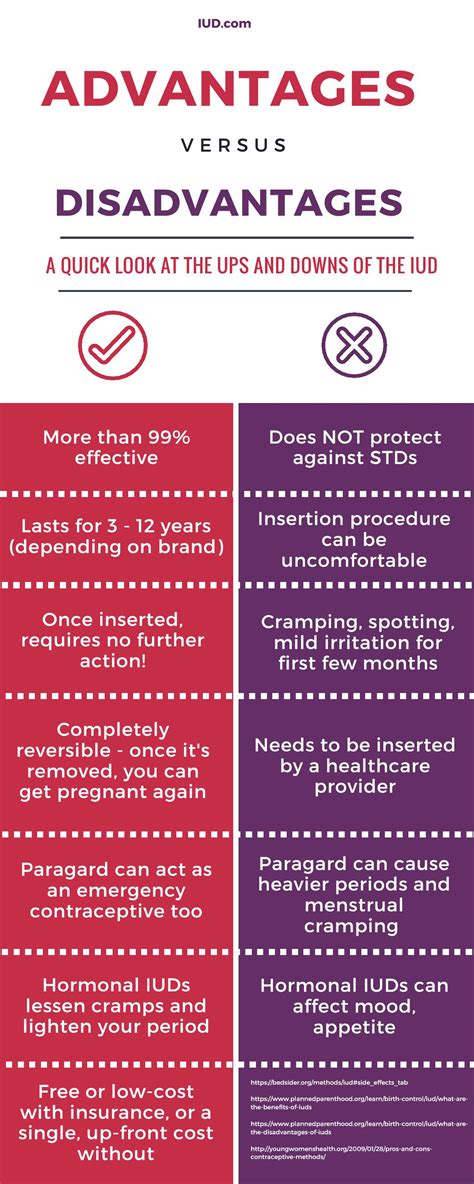
Another significant benefit of an IUD is its reversibility. If you decide you want to get pregnant, your healthcare provider can simply remove the device, and you can try to conceive immediately. This makes it an excellent choice for women who are not ready to start a family but may want to in the future. Furthermore, IUDs can help reduce menstrual cramps and heavy bleeding, making them an attractive option for women who suffer from these symptoms.
Types of IUDs
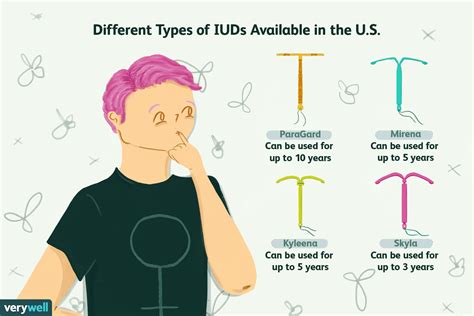
When choosing an IUD, it's essential to consider your individual needs and preferences. If you're sensitive to hormones, a copper IUD may be the best option. However, if you experience heavy bleeding or menstrual cramps, a hormonal IUD may be more suitable. It's crucial to discuss your options with your healthcare provider to determine which type of IUD is best for you.
Getting an IUD Inserted
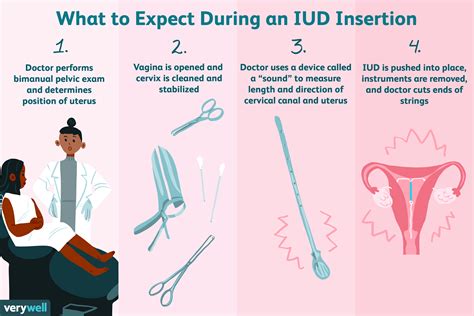
Next, your healthcare provider will use a special instrument to measure the depth of your uterus and ensure that the IUD is inserted correctly. They will then insert the IUD, which may cause some cramping or discomfort. However, this is usually temporary and can be managed with over-the-counter pain medication. After the procedure, you may experience some spotting or light bleeding, but this should subside within a few days.
What to Expect After IUD Insertion
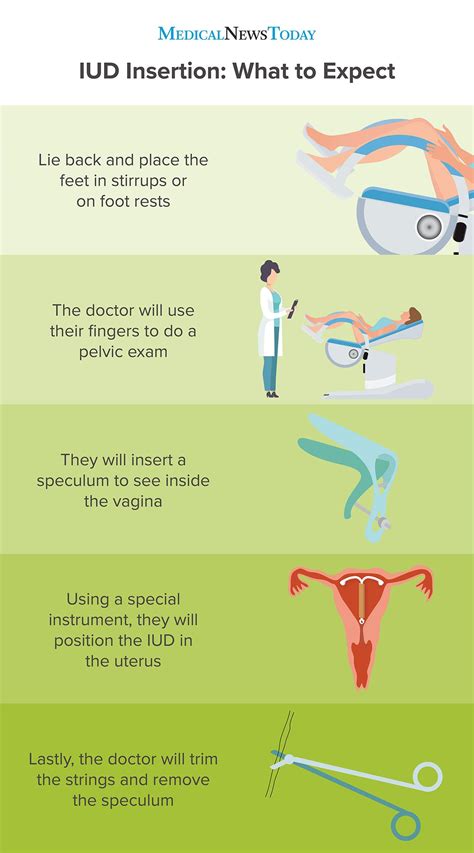
It's essential to follow up with your healthcare provider after the procedure to ensure that the IUD is in place and that you're not experiencing any complications. They will also provide you with instructions on how to check the strings of your IUD to ensure that it's still in place. You should also be aware of the potential risks and complications associated with IUDs, such as infection, perforation, or expulsion.
IUD Maintenance and Removal
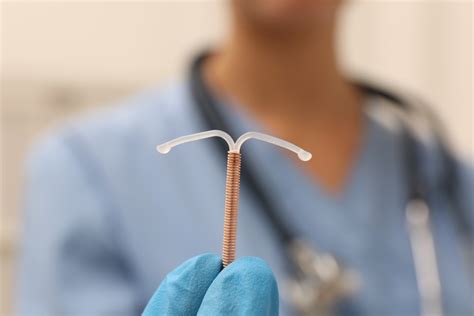
IUD removal is also a simple procedure that can be performed by your healthcare provider. They will use a special instrument to grasp the strings of the IUD and gently pull it out. This procedure is usually painless, but you may experience some cramping or discomfort. After removal, you can try to conceive immediately, making it an excellent choice for women who want to start a family.
Common Myths and Misconceptions About IUDs
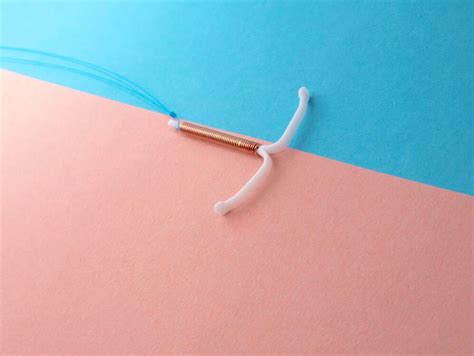
Another myth is that IUDs are uncomfortable or painful to insert. While it's true that some women may experience discomfort during the procedure, this is usually mild and temporary. Additionally, many women believe that IUDs can cause infertility or affect future fertility. However, this is not true. IUDs do not affect fertility, and women can try to conceive immediately after removal.
Conclusion and Next Steps

If you're considering getting an IUD, it's essential to discuss your options with your healthcare provider. They can help you determine which type of IUD is best for you and answer any questions you may have. Additionally, they can provide you with instructions on how to check the strings of your IUD and what to expect after insertion.
We invite you to share your thoughts and experiences with IUDs in the comments below. Have you considered getting an IUD? What are your concerns or questions? By sharing your stories and asking questions, we can create a community of women who support and empower each other to make informed decisions about their reproductive health.
What is an IUD, and how does it work?
+An IUD is a small, T-shaped device that is inserted into the uterus to prevent pregnancy. It works by releasing hormones or copper, which prevents sperm from fertilizing an egg.
What are the benefits of an IUD?
+The benefits of an IUD include high effectiveness, low maintenance, and flexibility. It's also reversible, making it an excellent choice for women who want to start a family in the future.
What are the different types of IUDs available?
+There are several types of IUDs available, including Mirena, Kyleena, Skyla, and ParaGard. Each type has its unique characteristics, and your healthcare provider can help you determine which one is best for you.
How is an IUD inserted, and what can I expect during the procedure?
+An IUD is inserted through a simple procedure that takes around 15-30 minutes. You may experience some discomfort or cramping, but this is usually mild and temporary.
